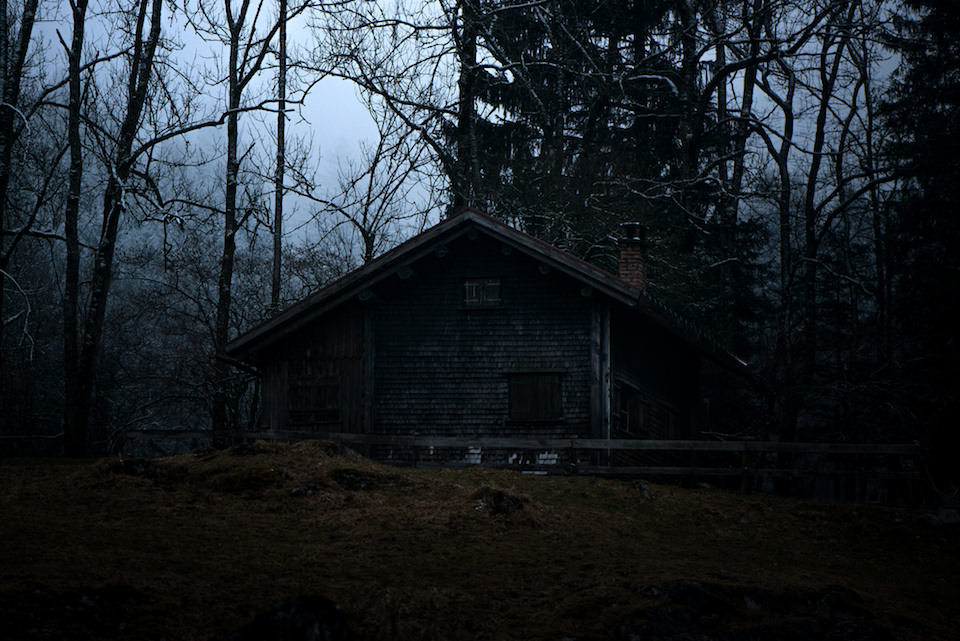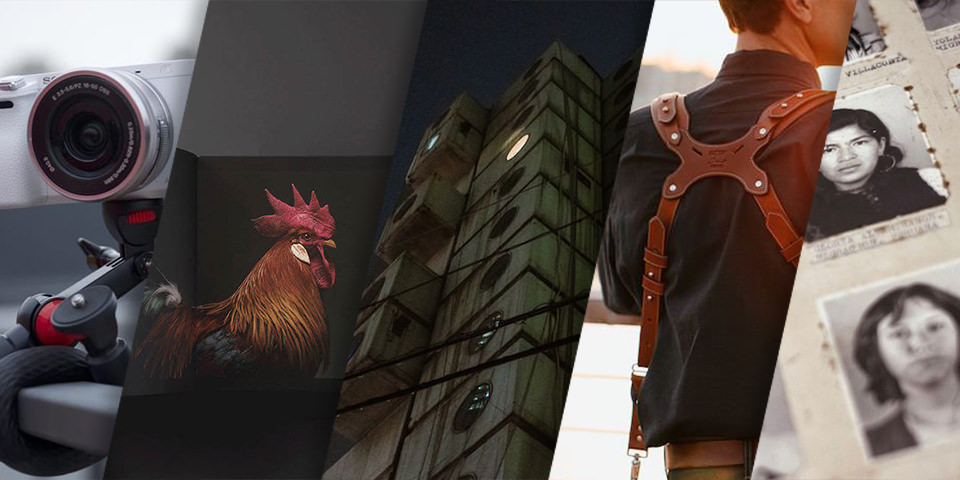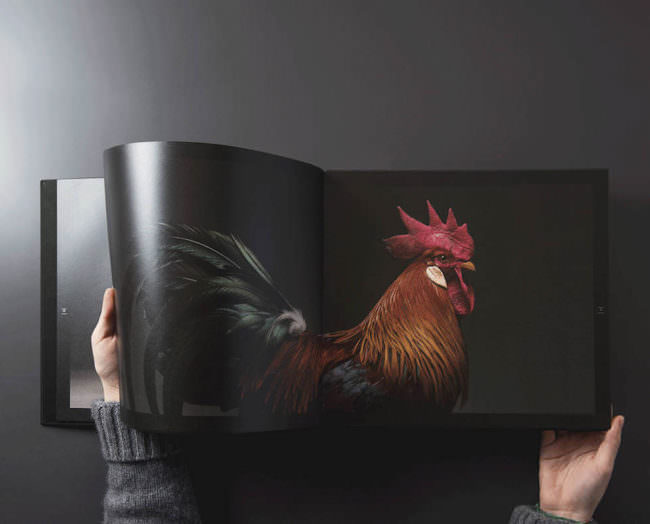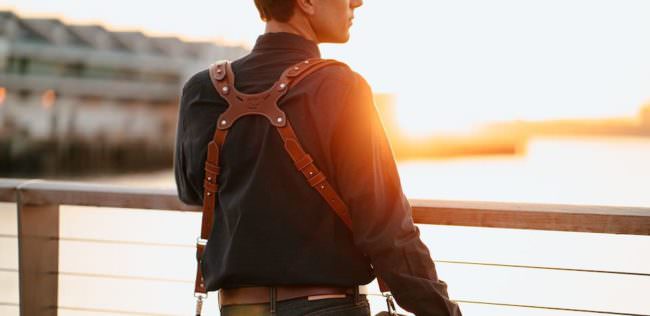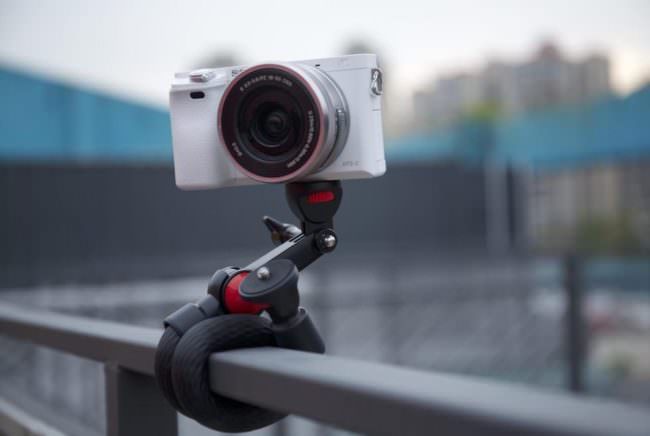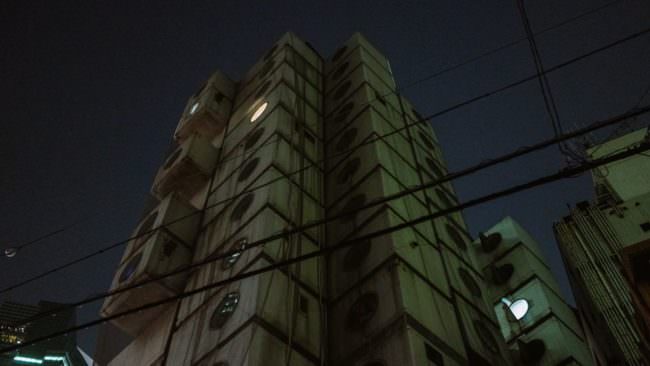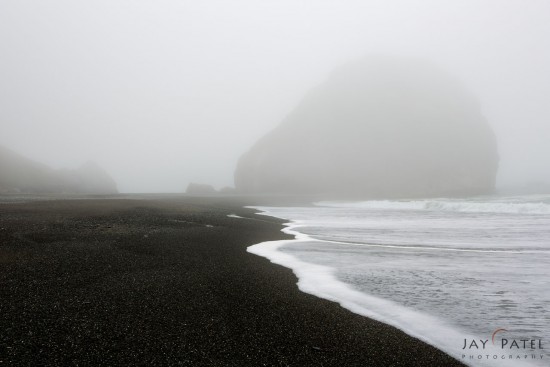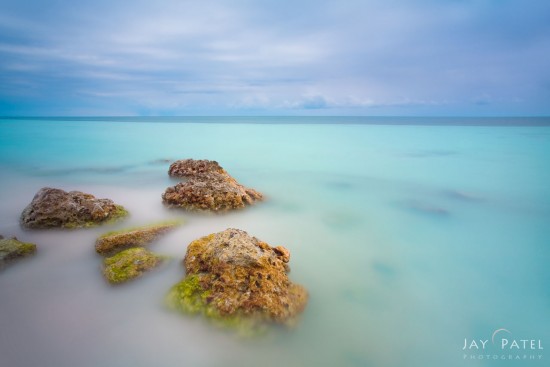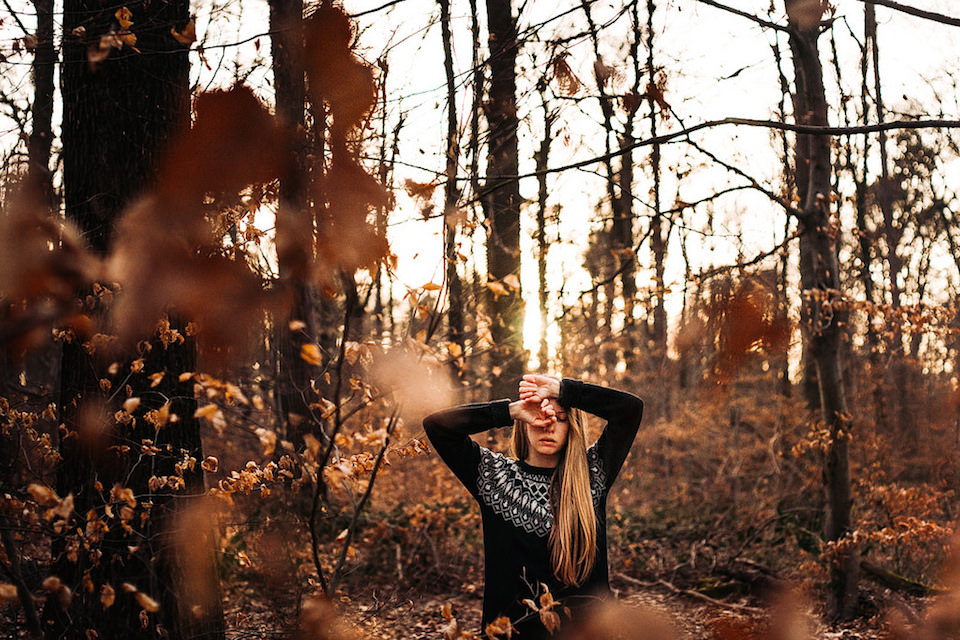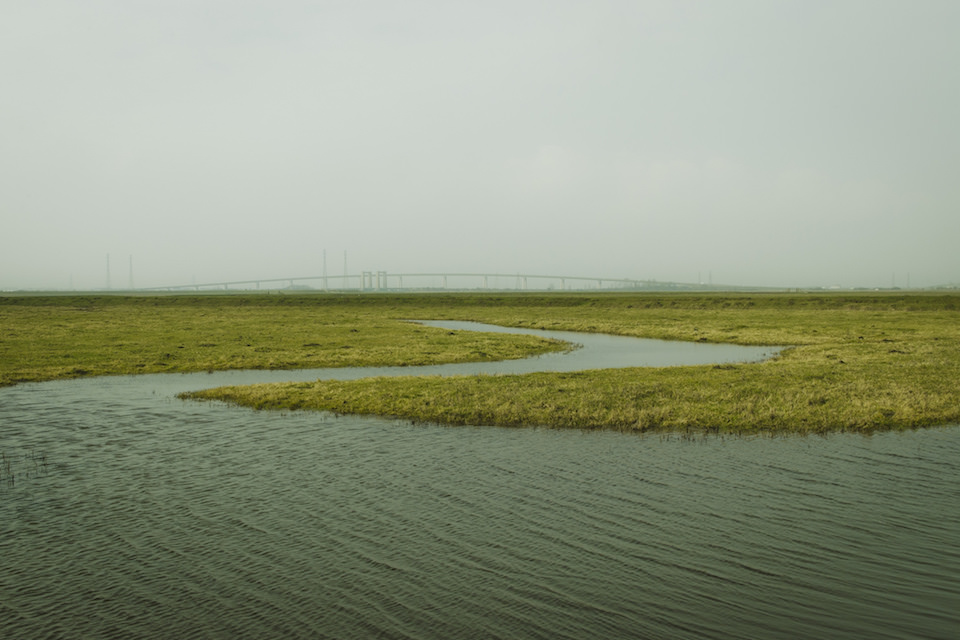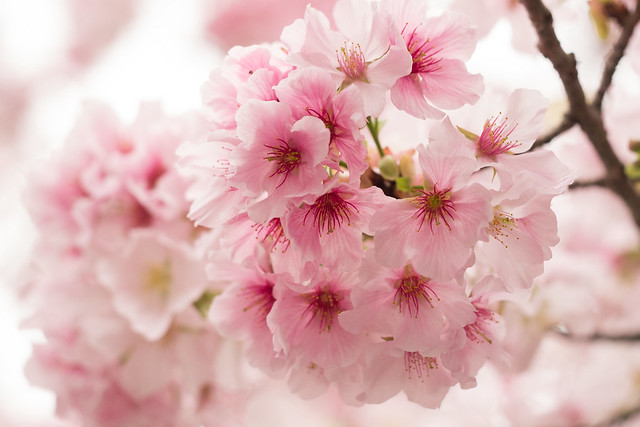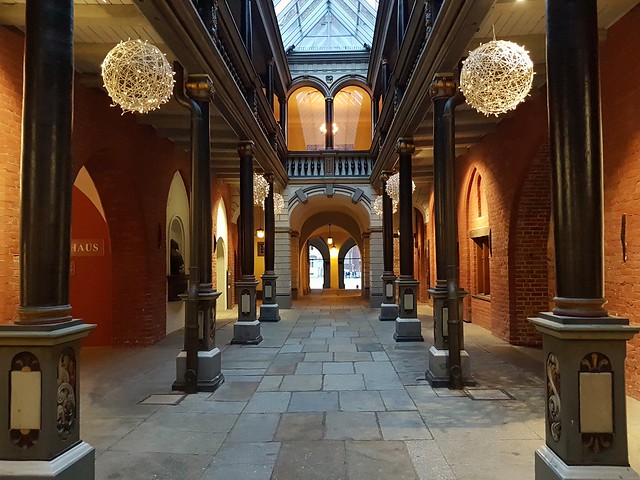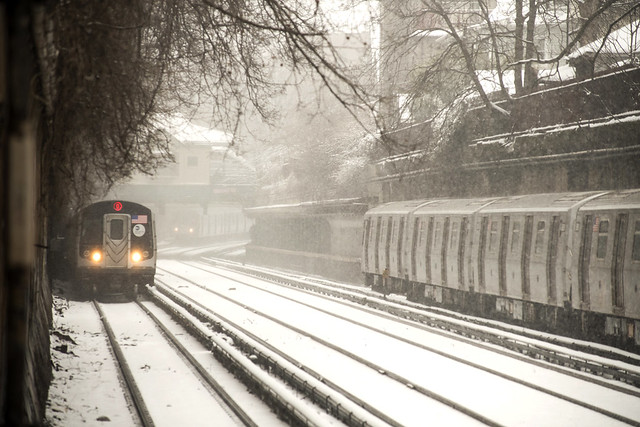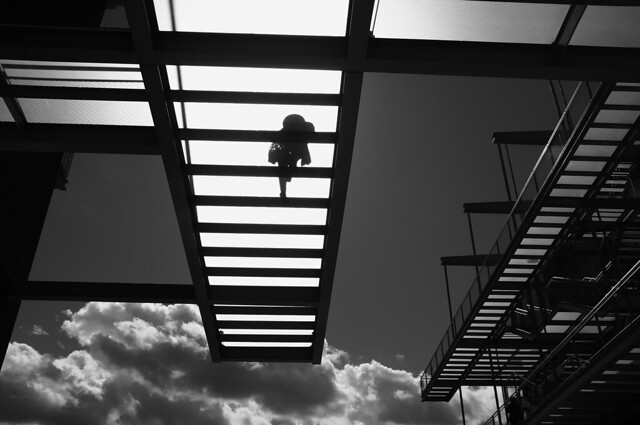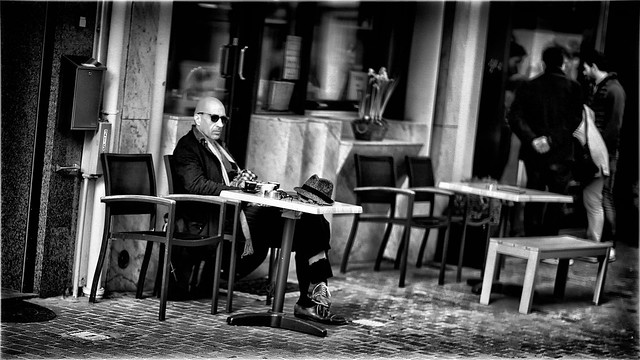Huawei’s New P20 Pro Smartphone Comes Equipped with Night Vision
Huawei’s latest headset, the P20 Pro smartphone, is turning heads for more reasons than just its design.
The P20 Pro is capable of taking pictures in near dark conditions without the use of a flash according to a BBC report.
It does this by taking an exposure of six seconds to get the maximum amount of light into each shot, among other things.

Image via Huawei.
Using what it captures, the phone then employs sophisticated AI to sharpen the image and produce something is clear. Normally when photos are taken this way the image can be blurry.
Huawei has bold dreams for its phones and brand. The company hopes to become the world’s leading brand of smartphone but recent setbacks in the United States have made that dream more difficult to achieve.
Currently behind Apple and Samsung, Huawei’s beautifully designed phones are no longer being sold by wireless carriers in the United States, one of the world’s largest markets for smartphones.
Huawei is really banking on the P20 Pro’s camera capabilities in its marketing, aiming for a similar status as Samsung’s Galaxy S9 product line.
The P20 Pro features three lenses that each do something different with the main sensor having a 40 megapixel resolution. There’s also a 20 MP black and white sensor for monochromatic pictures and to provide depth information. The lastis a 8 MP telephoto hardware-stabilized 3x zoom lens that is capable of 5x zoom when using software-based digital zoom. The P20 also sports object-recognition technology to auto adjust settings.
Canalys consultant Ben Stanton praised Huawei for attempting to get ahead of the competition in terms of features and hardware but noted that it was difficult to tell the quality of the various photos apart when viewing them side by side, noting that Huawei has a steep hill to climb to overtake Apple and Samsung. The good news for photographers is that smartphone cameras are getting increasingly powerful to such a level that there is near parity among competing headsets, giving consumers an array of options to consider outside of camera performance.
The new P20 Pro is expected to retail for $USD 1,115, less than both the Apple iPhone X and the Samsung Galaxy S9.

Image via Huawei.
Light Stalking https://ift.tt/2GqznT2
Sourced by Time Trap Photography sharing the best photography tips, news and tricks throughout the industry. Time Trap Photography is dedicated to freezing those special moments in life that can be revisited and admired for generations to come. - Shannon Bourque
Please visit our main site for booking availability and rates.

Receive valuable industry knowledge delivered free to your email each day.


